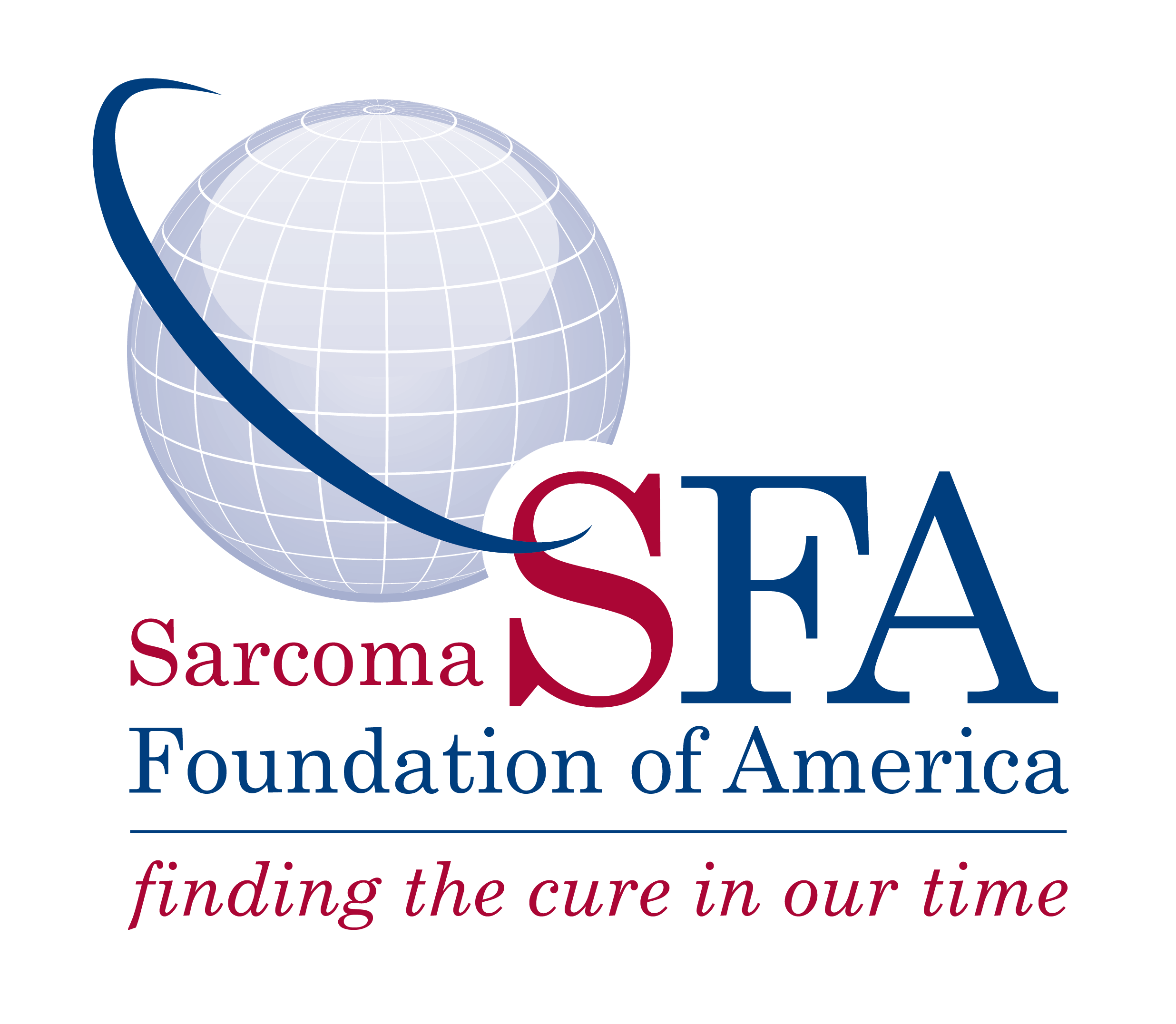Dermatofibrosarcoma Protuberans (DFSP)
Dermatofibrosarcoma Protuberans (DFSP) is a tumor of the skin. It is a rare type of sarcoma with low-to-intermediate grade malignancy. It comprises less than 0.1% of all cancers and about 1% of all soft tissue sarcomas.
DFSP tumors occur in the dermis layer of the skin and can invade deeper subcutaneous tissue, such as fat, fascia, and muscle. They are slow-growing, and spread laterally or sidewise. They may increase in size more rapidly during pregnancy. If left untreated they can come through the skin, ulcerate and become painful. If they are not completely removed they will likely return in the same area. In very rare case or cases left untreated, DFSP can spread to other areas of the body.
Epidemiology
DFSP occurs slightly more often in men than women (57% vs 43%) and can occur in all races. It is rare in childhood and affects adults aged 20-50 most often. Approximately 50% of DFSP tumors are found on the trunk, 35% are found on the arms and legs, and 15% are located on the head and neck area. DFSP is locally aggressive and has a high recurrence rate.
Clinical Features
Usually, it is first noticed as a skin nodule or lump. They can be quite small (less than 1 inch) or grow to be several inches in size. They may be bluish, red-brown, or flesh colored. DFSP tumors will appear as a nodule with well-defined edges, however, beneath the skin the tumor spreads with tentacle-like projections, which is why they are locally aggressive and can reoccur.
Treatment and Follow-up for Metastatic Disease
DFSP rarely metastasizes.
Targeted Therapies
In rare cases, the drug Gleevec (imatinib) is used to treat very large DFSP tumors that cannot safely be removed or the very rare cases of metastases that occur with DFSP.

